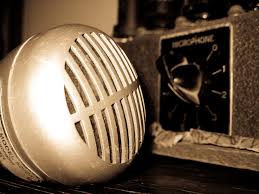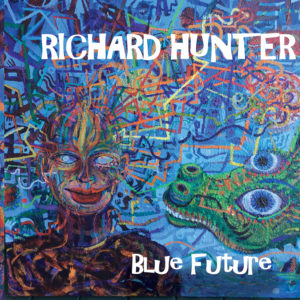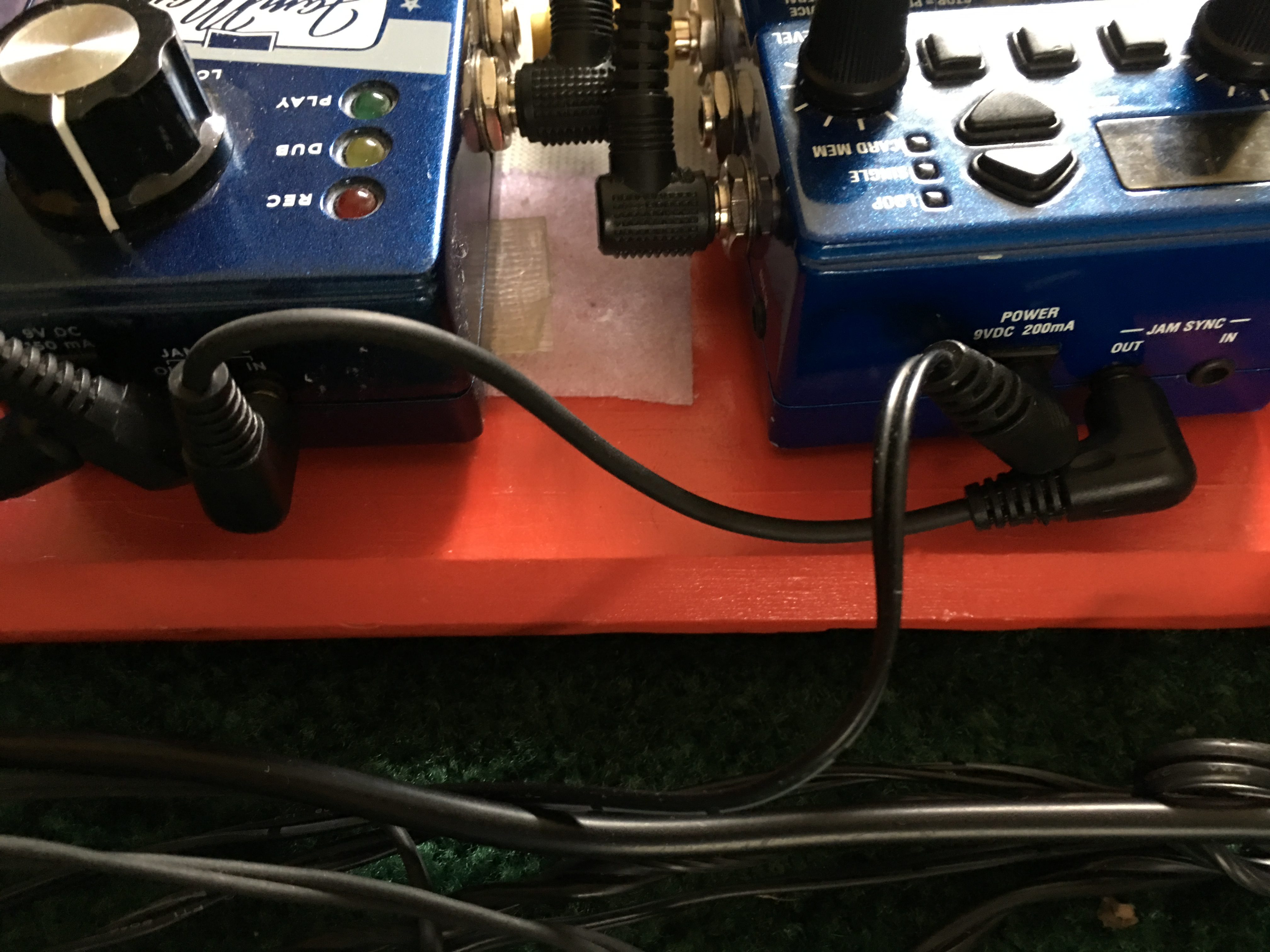
From My 4-track Cassette Days: “Highway 61 Revisited”
Highway 61 Revisited by Bob Dylan, recorded by Richard Hunter
all instruments and vocals by Richard Hunter
I’ve been transferring my cassette tape archives to digital media, and I’m finding stuff I like. It’s amazing to remember that in the 1980s cassette tape (or for stereo masters, VHS tape) was the only practical home recording medium–the only one that was cheap, portable, widely available, offered both stereo and multi-track recording (4 or 8 tracks) and sounded good enough for demos. (In fact, an Ozzy Osbourne record was recorded in its entirety to 4-track cassette tape around then. But you didn’t see 4-track cassette decks in a lot of, or more acccurately any in my experience, pro studios at the time.)
This is one of my first successful home recordings–successful in the sense that it sounds good, has an original sound and approach, and rocks hard. I recorded it in the late 1980s, and the techniques are typical of that era in home recording. Using MIDI to manage electronic drums, bass, and synth, I recorded multiple tracks on a 4-track cassette deck–a Yamaha MT2X–on metal tape running at 2X normal speed with DBX noise reduction, and mastered it to Chrome type running at normal speed with Dolby C noise reduction on a different deck. I used a sync box to record a MIDI sync signal to channel 4 (in order to minimize opportunities for crosstalk from the sync track) for almost every multi-track production I did on that machine.

In those days, it was common to record electronic MIDI instrument tracks right into the final mix if you could manage it in order to keep noise to a minimum. I had a submixer, a Radio Shack 5-in 2-out mixer that was a little noisy, but pretty reliable overall, which I used to combine multiple synths before recording the sounds to tape. I’d generally record vocals and harmonica to 2 of the 4 tracks while syncing live to synth and drumbox, record another track of synth, percussion, etc. to the third channel, then mix down with more synths and drumbox playing live into the mix down to stereo on the Dolby C deck. As you can hear on this recording, it was a little complicated, but it worked. Just keep in mind how nice it is to live in an era when you can have as many tracks as you like and your computer can handle, and the instruments and FX are all in software so you don’t have to fill a room (and empty a bank account) with them.
I played all the instruments on this piece. The synth and bass parts are courtesy of a Casio CZ101, my first and still one of my favorite synthesizers. The auto-wahed electric piano playing arpeggiated power chords is an early analog Roland electric piano module that makes some very potent sounds, even more so when you run it through a Digitech FX25 auto filter, which is what I did here. The harmonicas at this point in time would have been Lee Oskars, and on this piece it’s a standard Richter tuning. I recorded the harmonica with an AKG dynamic vocal mic through a Boss BF2 Flanger into a Digitech Heavy Metal pedal (reverse of the usual order, and it really cuts through with a lot of edge and weight) into an Electro Harmonix Deluxe Memory Man delay, a really wonderful analog delay pedal. The resulting sounds are big and tough and loaded with electronic voodoo vib, and I found it inspiring to play over this track.
Rob Paparozzi told me that he gave a copy of this recording to Bob Dylan; I never heard from Dylan afterward, alas. I was inspired to create this version of the song by Johnny Winter’s utterly amazing version of the song on “Second Winter.” I think this is one of my earliest (artistic–the recording was never released until now) successes in creating a genuine rock harmonica style, and you can hear easily how this recording takes me a step closer to the approach I used on “The Lucky One.” I hope you like it as much as I do.
If you liked that, you’ll like these:
the 21st century blues harmonica manifesto in sound
Get it on Amazon
Get it on iTunes
the rock harmonica masterpiece
Get it on Amazon
Get it on iTunes
Tags In
Related Posts
Leave a Reply
You must be logged in to post a comment.
WHAT’S NEW
Categories
- Audio/Video
- Blog
- Blue Future
- Digitech RP Tricks and Tips
- Discography, CDs, Projects, Info, Notes
- Featured Video
- For the Beginner
- Gallery
- Hunter's Effects
- Hunter's Music
- Huntersounds for Fender Mustang
- Meet the Pros
- More Video
- MPH: Maw/Preston/Hunter
- My Three Big Contributions
- Player's Resources
- Pro Tips & Techniques
- Recommended Artists & Recordings
- Recommended Gear
- Recorded Performances
- Reviews, Interviews, Testimonials
- The Lucky One
- Uncategorized
- Upcoming Performances
- Zoom G3 Tips and Tricks



